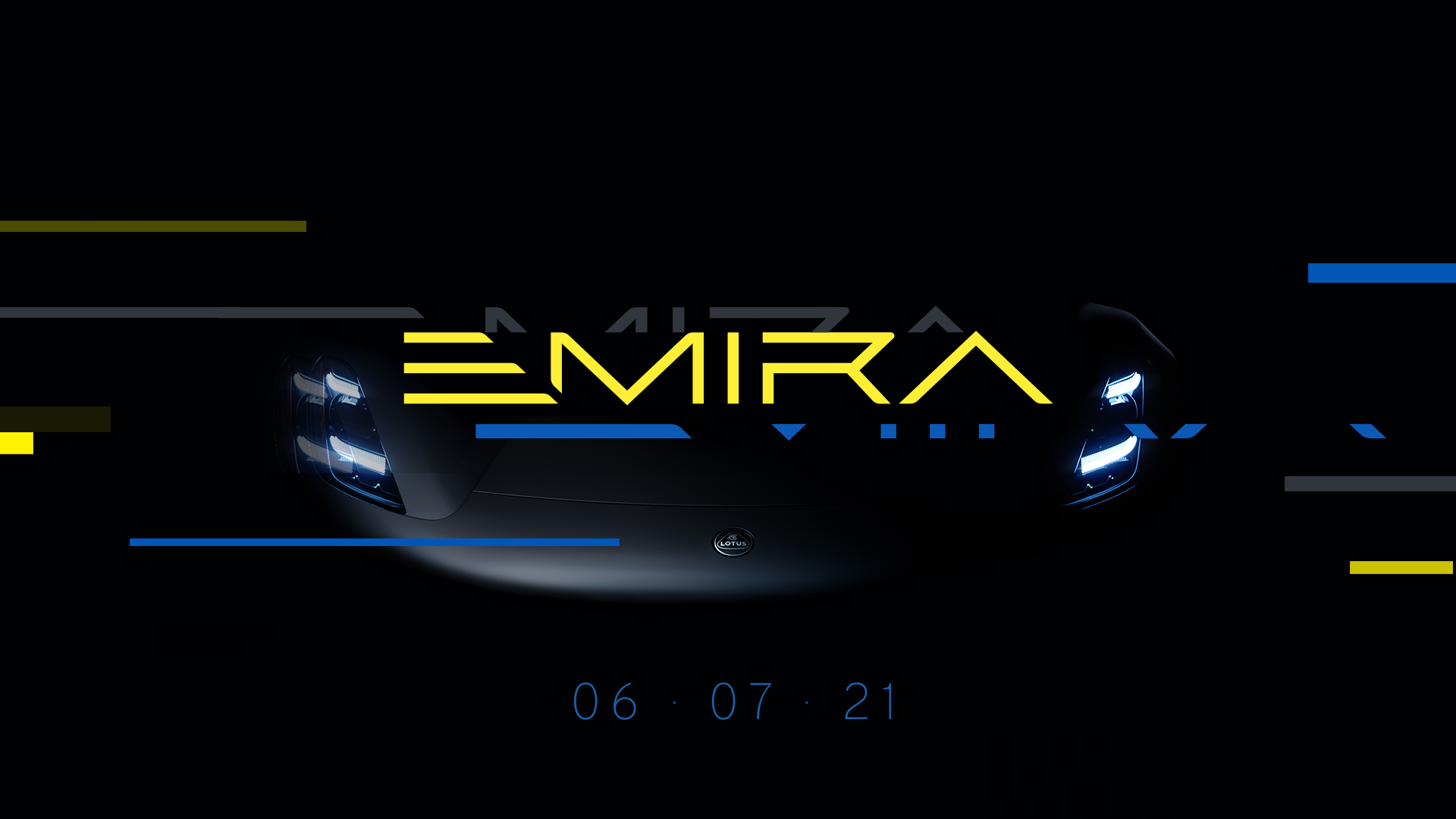On April 27th, 2021, Lotus Type 131 was unveiled for the first time and named Emira, which is a Latin word meaning leader or commander. With the discontinuation of Elise, Exige, and Evora this year, it will be the only and last fuel-powered sports car in this 73-year-old brand.
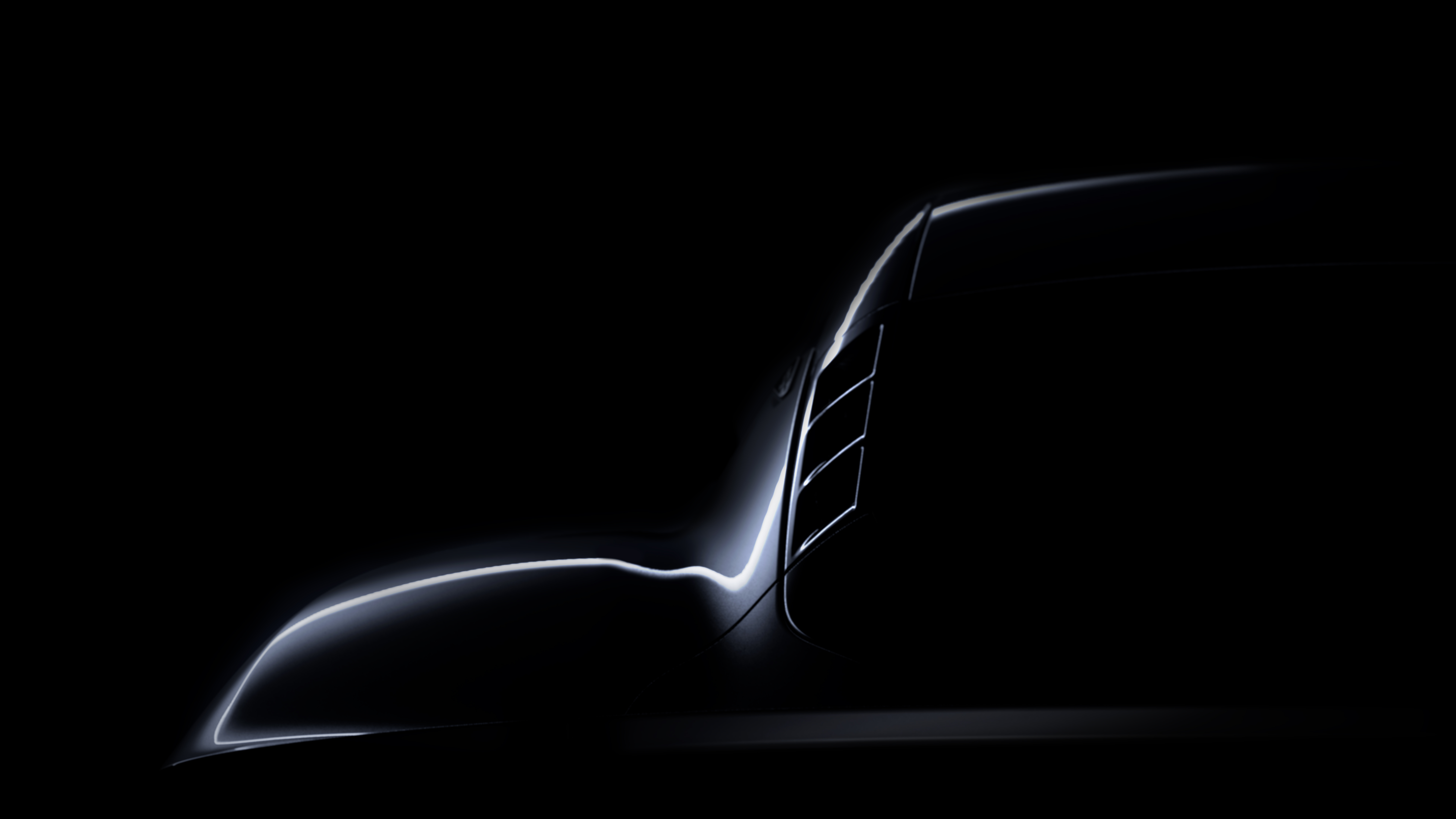
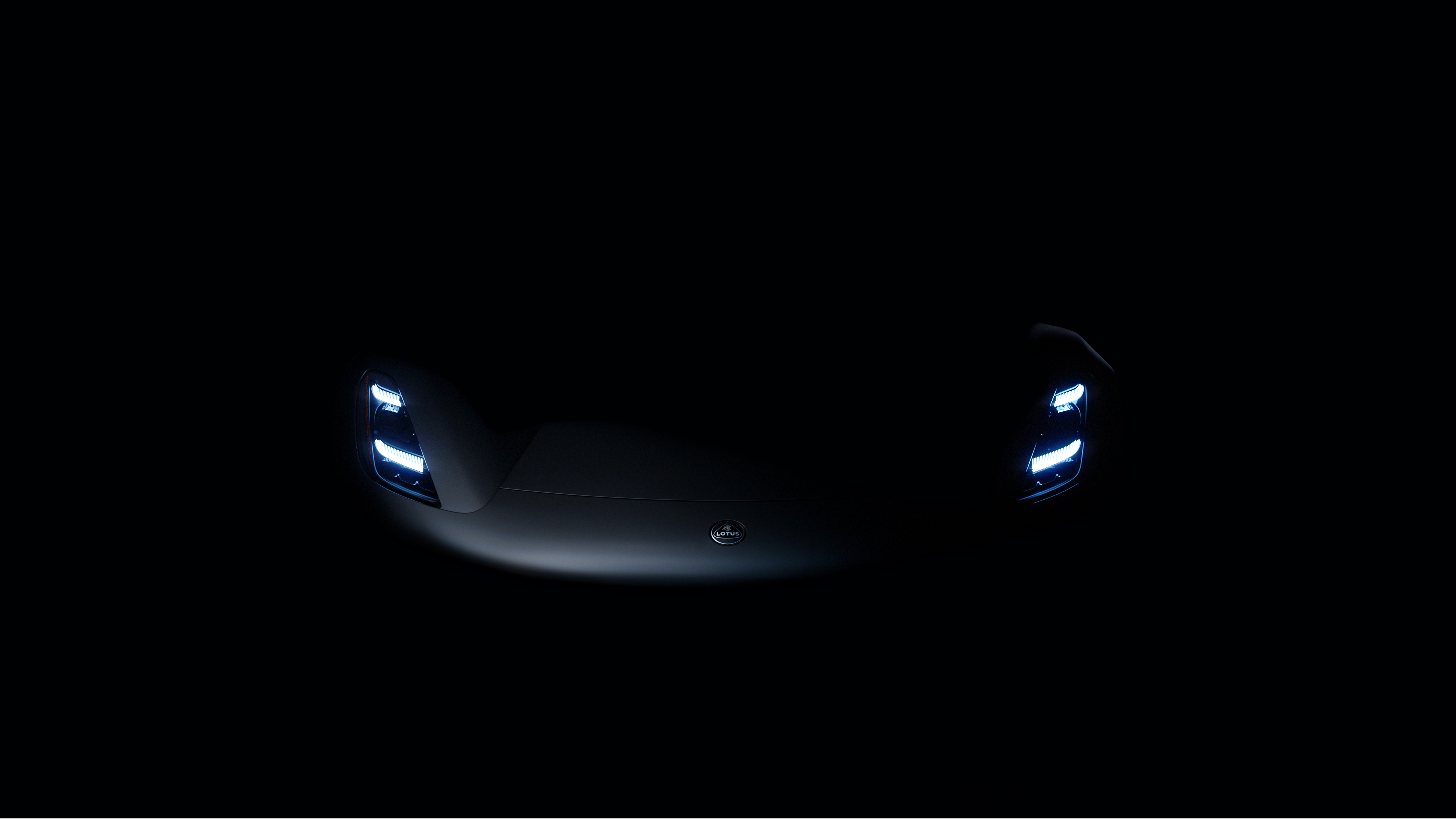
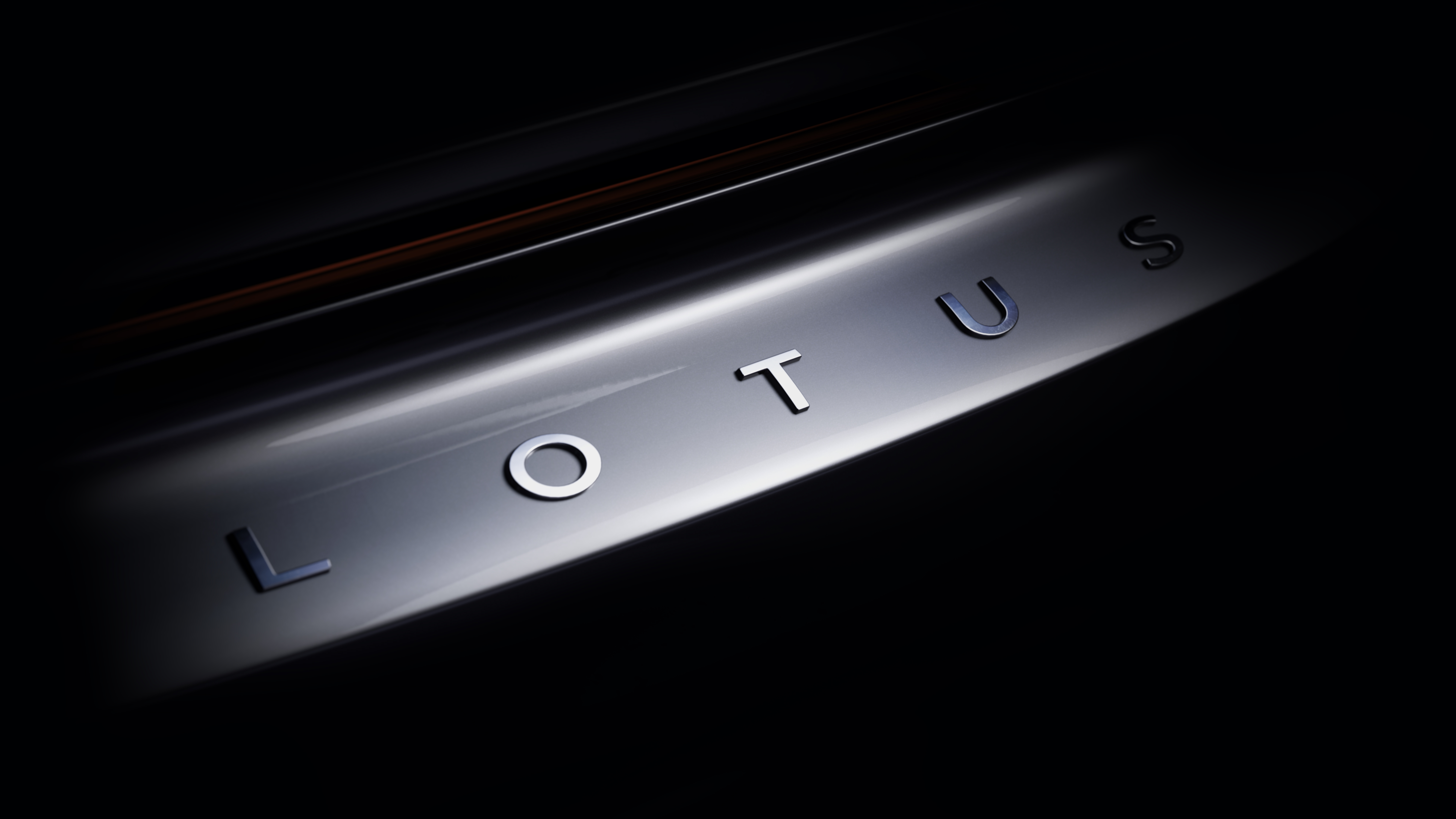
As the chief designer of the Evija project, Russell Carr, the design director of Lotus Cars, led the design work of the new Emira. Inheriting the design philosophy of Evija, Emira’s aerodynamic design not only brings downforce and stability, but also plays a positive role in heat dissipation and wind noise control.
At this debut, Lotus announced the name and design philosophy of Emira, and it is known that Emira will have multiple engine options and be a pure fuel model. Detailed performance parameters will be officially released at the product launch on July 6th this year, and the first dynamic appearance will take place at the Goodwood Festival of Speed on July 8th, and overseas bookings will begin.
In 2018, on the 70th anniversary of its founding, Lotus released the Vision 80 ten-year brand revitalization plan. At the press conference, Lotus CEO Matt Windle announced the “EAS-IP” action plan, which takes electrification, amplification, simplification, intensification, and personalization as Lotus’s technical guidelines for the next stage.
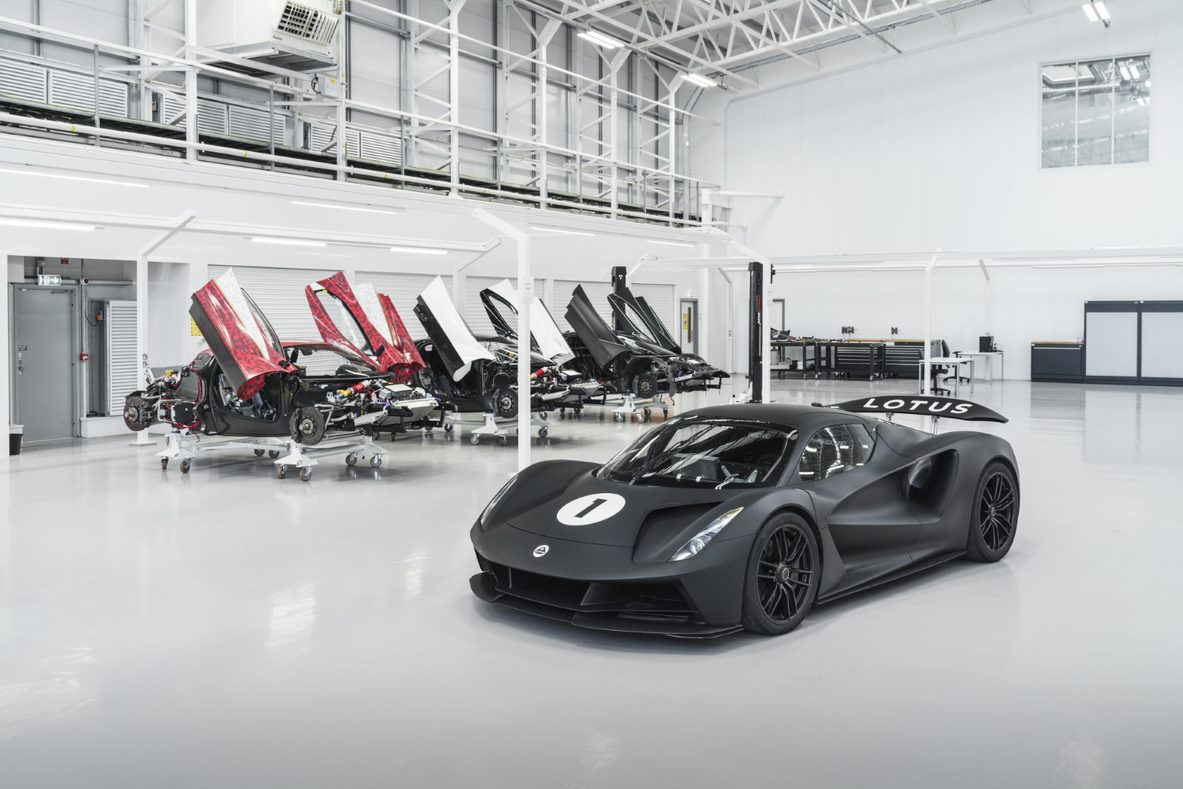
In 2019, Lotus opened the electric era with the debut of its first all-electric hypercar, Evija. With elegantly shaped Venturi tunnels and a massive diffuser at the rear, it set a production car record with over 1.8 tons of downforce, exceeding the car’s weight.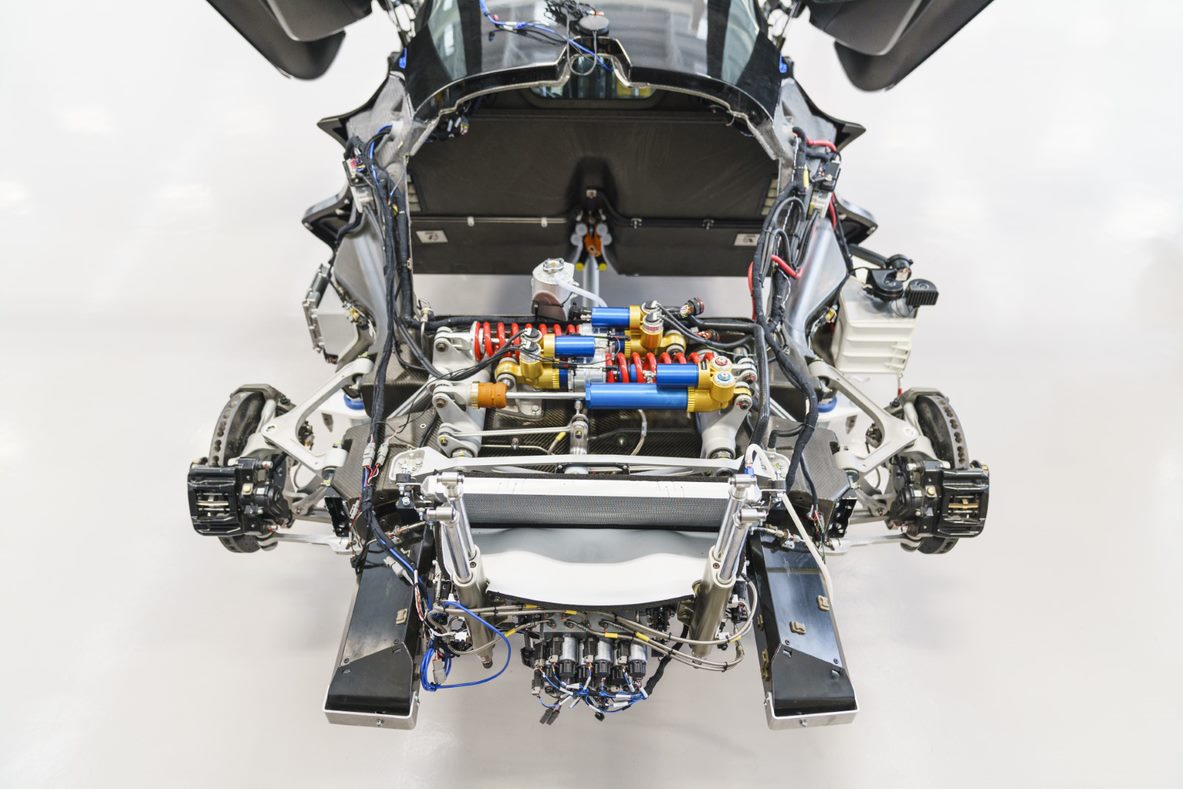
In addition to the debut of new products and updates to its technical philosophy, Lotus has also announced four future product architectures. All of these architectures will be exclusively used by Lotus within the Geely Group, but Lotus Engineering can collaborate with other OEMs.
- Sports car architecture: Emira will be the product under this architecture, which adopts Lotus’s traditional extruded aluminum alloy chassis. Internally known as the Elemental architecture.
- Hypercar architecture: Evija is the first product of the Extreme platform, with no performance limitations in its development strategy and the involvement of top-tier suppliers, making it destined to be an extraordinary supercar.
- High-performance pure electric architecture: The Evolution platform focuses on cross-border and lifestyle vehicles, designed in the UK and supported by China, Sweden, and Germany.
- Electric sports car architecture: Led by Lotus Engineering, it collaborates with Alpine, a sports car brand under Renault, to develop the E-Sports architecture.
Since cooperating with Geely Group in 2017, Lotus Cars has obviously received richer R&D support for its products. Compared with the previous generation models such as Elise, Evija and Emira will be more comprehensive, especially in terms of further perfection on aerodynamics, which is not possessed by Lotus’s previous commercial models.
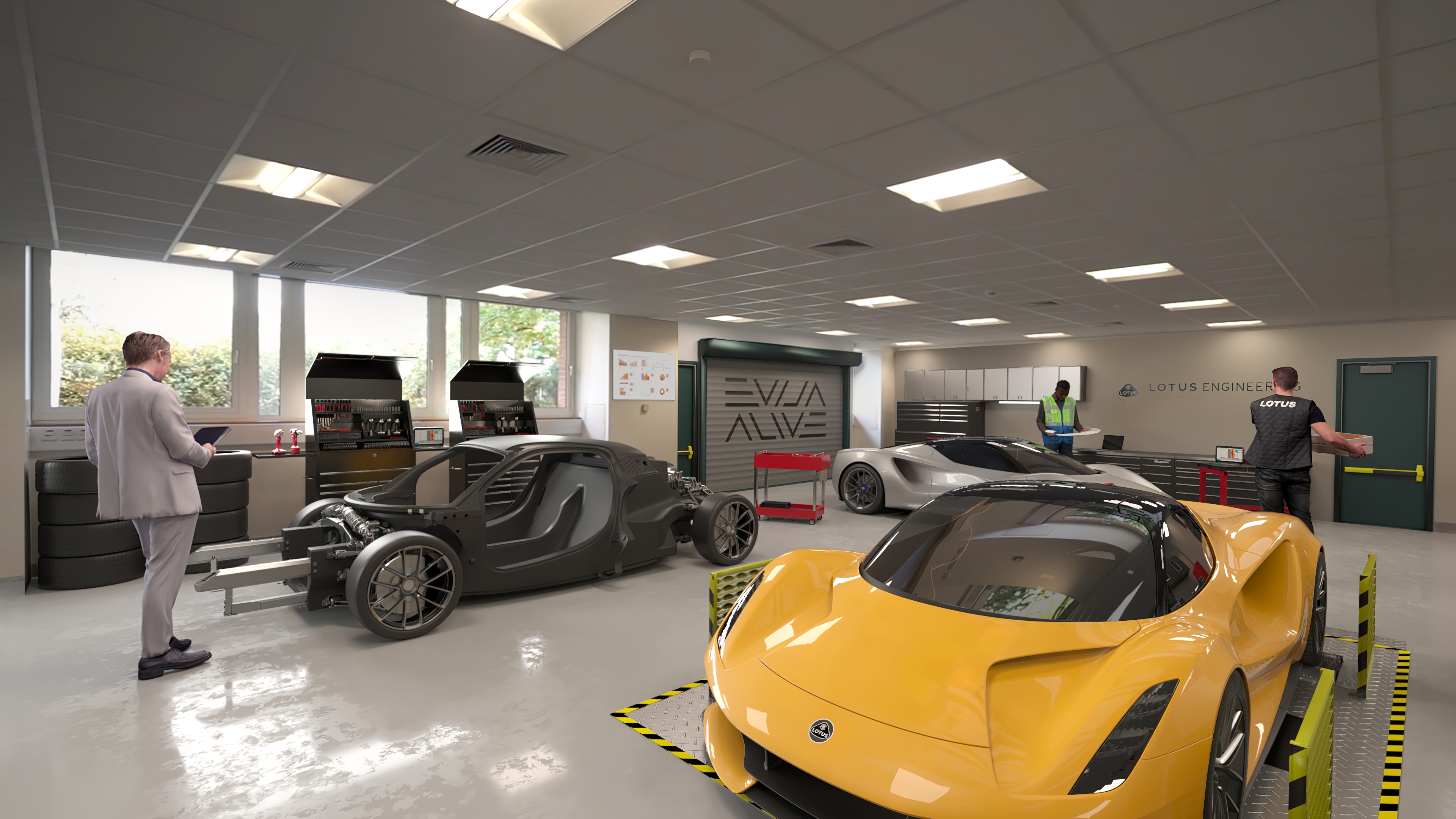
In addition, Lotus Group’s open investment strategy for its self-developed architectures shows the true money tree for Lotus Group – Lotus Engineering’s positive attitude towards stepping forward through its own strength in the upcoming era of electrification.
🔗Source: Lotus
This article is a translation by ChatGPT of a Chinese report from 42HOW. If you have any questions about it, please email bd@42how.com.
